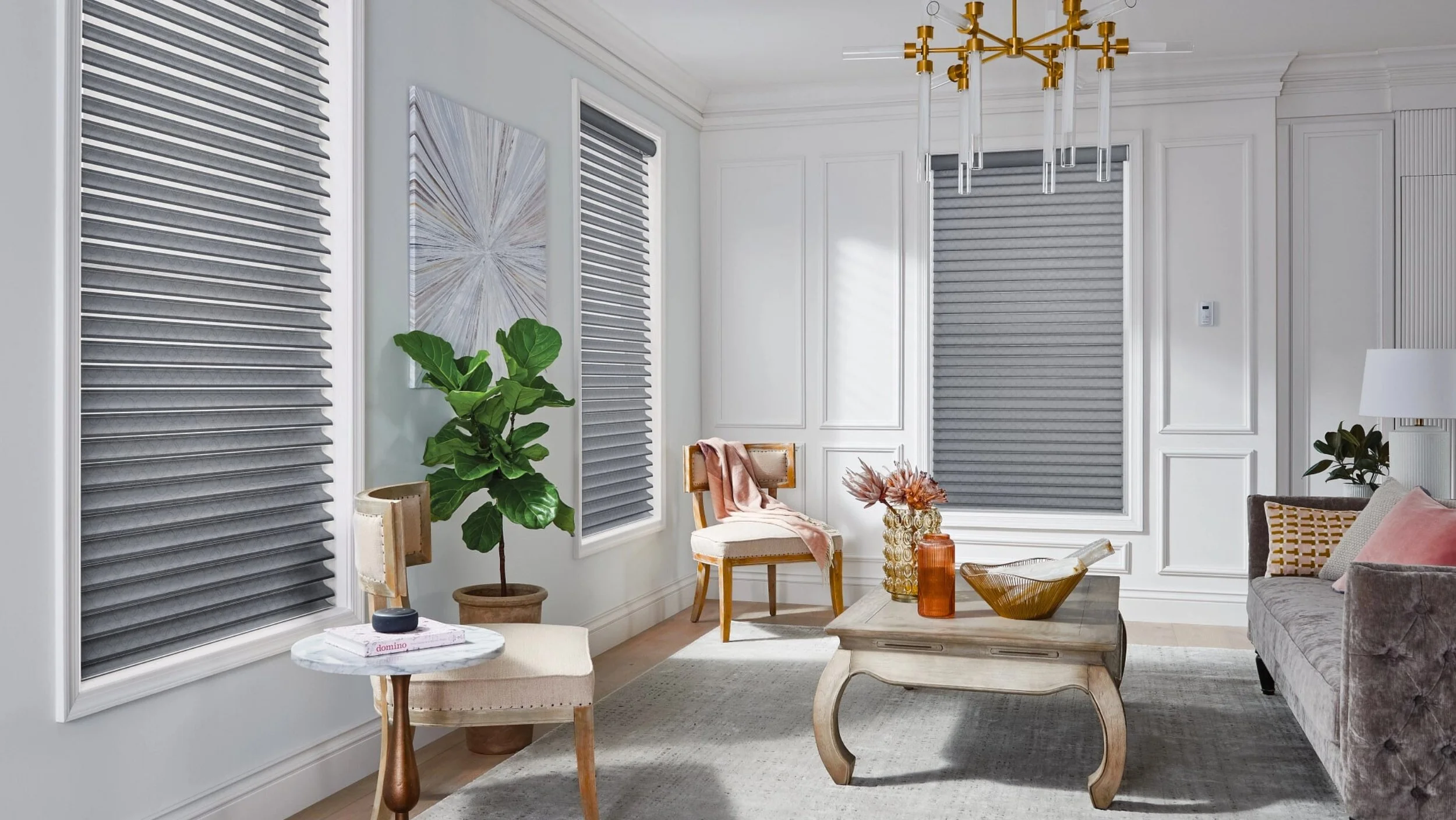How to Measure Windows for Custom Blinds
Choosing the right window coverings can dramatically enhance your home’s look, comfort, and energy efficiency. But before you order your custom window blinds, it’s essential to measure your windows correctly. Accurate measurements ensure your blinds fit perfectly, block light efficiently, and create a clean, polished finish that looks tailor-made for your space.
Many homeowners in Canada make the mistake of “eyeballing” measurements or rounding numbers, leading to blinds that don’t quite fit. Fortunately, with a clear step-by-step process and a few simple tools, you can measure your windows confidently—whether you live in a modern condo in Toronto, a family home in Calgary, or a lakeside cottage in Ontario.
Why Accurate Measuring Matters
Before diving into the how-to, it’s important to understand why accurate measurements are so crucial. Blinds that are even a fraction too wide or narrow can leave gaps, scrape against window frames, or hang unevenly. When measured correctly:
Your blinds will operate smoothly and last longer.
You’ll have consistent light control and privacy.
The installation process will be easier and cleaner.
For custom-fit blinds, precision is key. Since every window in your home can have slight variations, even if they look identical, it’s essential to measure each one individually.
1. Choose Your Mounting Style
Before you begin measuring, decide how you want to mount your blinds. There are two main options for mounting: inside mount and outside mount.
Inside Mount: The blinds are mounted within the window frame, giving a clean, streamlined look. This option works best for windows with deep frames and offers a more minimalistic appearance.
Outside Mount: If you want to cover the entire window or the window frame is too shallow, an outside mount is the better choice. This type of installation allows for more flexibility in coverage and can make the window appear larger.
2. Gather the Necessary Tools
To ensure precise measurements, gather these essential tools:
A metal tape measure (for accuracy)
Pencil and paper (to record your measurements)
A level (to check that the blinds will hang straight)
A step stool or ladder (for taller windows)
3. Measuring for Inside Mount Custom Window Blinds
For inside mount blinds, accurate measurements are vital for a snug and clean fit inside the window frame.
Measure the Width:
Measure the width at the top, middle, and bottom of the window frame. Use the narrowest measurement of the three to ensure the blinds fit without gaps. Record the measurement to the nearest 1/8 inch.
Measure the Height:
Measure the window height from the top of the frame (where the blinds will be installed) to the bottom of the frame or window sill. Take three measurements: left, middle, and right, and use the longest measurement for accuracy.
Measure the Depth:
Measure the depth of the window frame from front to back. This will ensure that your custom window blinds will fit properly and won't interfere with the window's operation.
Double-Check Your Measurements:
Always recheck your measurements to ensure accuracy. It's better to measure twice than risk ordering the wrong size.
4. Measuring for Outside Mount Custom Window Blinds
For an outside mount, you'll be measuring the area surrounding the window for full coverage.
Measure the Width:
Measure the width of the space you want to cover. It's a good idea to add 2-4 inches of width on each side for better coverage, which will also help block out excess light and maintain privacy.
Measure the Height:
Measure the distance from the top of the window where the blinds will be placed to the desired bottom point. Again, add a few extra inches for a more complete look.
Consider the Space Above the Window:
For an outside mount, your blinds should hang slightly above the window frame, which helps achieve a cleaner, more polished look.
Check for Obstacles:
Make sure there are no obstacles, such as curtain rods, handles, or light fixtures, that could interfere with the installation of your blinds.
5. Specialty Windows
For windows with unique shapes (like arches, circles, or angled windows), measuring can be more complex. These types of windows often require custom solutions, so it's best to consult a professional for assistance in measuring and selecting the appropriate blinds. Specialty blinds and shades are available for these types of windows, ensuring that they fit perfectly while still offering all the light control and privacy you need.
6. Choosing the Right Type of Blinds
Once you've taken your measurements, it's time to decide what type of custom window blinds you want. There are various styles to choose from, including Venetian blinds, roller shades, Roman shades, and more. The type of blind you choose will affect both the look and functionality of your window treatment.
When choosing the right blinds and shades, consider factors like light control, privacy, insulation, and style. For instance, honeycomb shades are an excellent option for insulation and energy efficiency, while Roman shades can add an elegant, soft touch to your space. Make sure to choose a material and color that complement your room's overall design.
7. Final Review
Before placing your order, please take a moment to review all your measurements and ensure they are accurate. Custom blinds are made to fit your windows perfectly, so double-checking your measurements can help avoid the inconvenience of a return or exchange. If you're unsure about anything, don't hesitate to reach out to a professional for help.
Conclusion
Measuring your windows for custom blinds isn’t complicated—it’s about precision and patience. With the right tools, accurate measurements, and careful planning, you can achieve a professional, seamless look that enhances both the beauty and functionality of your home.
Whether you’re outfitting a cozy apartment in Vancouver or upgrading a family home in Edmonton, the key to success is starting with perfect measurements. Once you’ve got that part right, installing your new blinds becomes effortless—and your home gets that polished, designer finish you’ll love for years to come.

